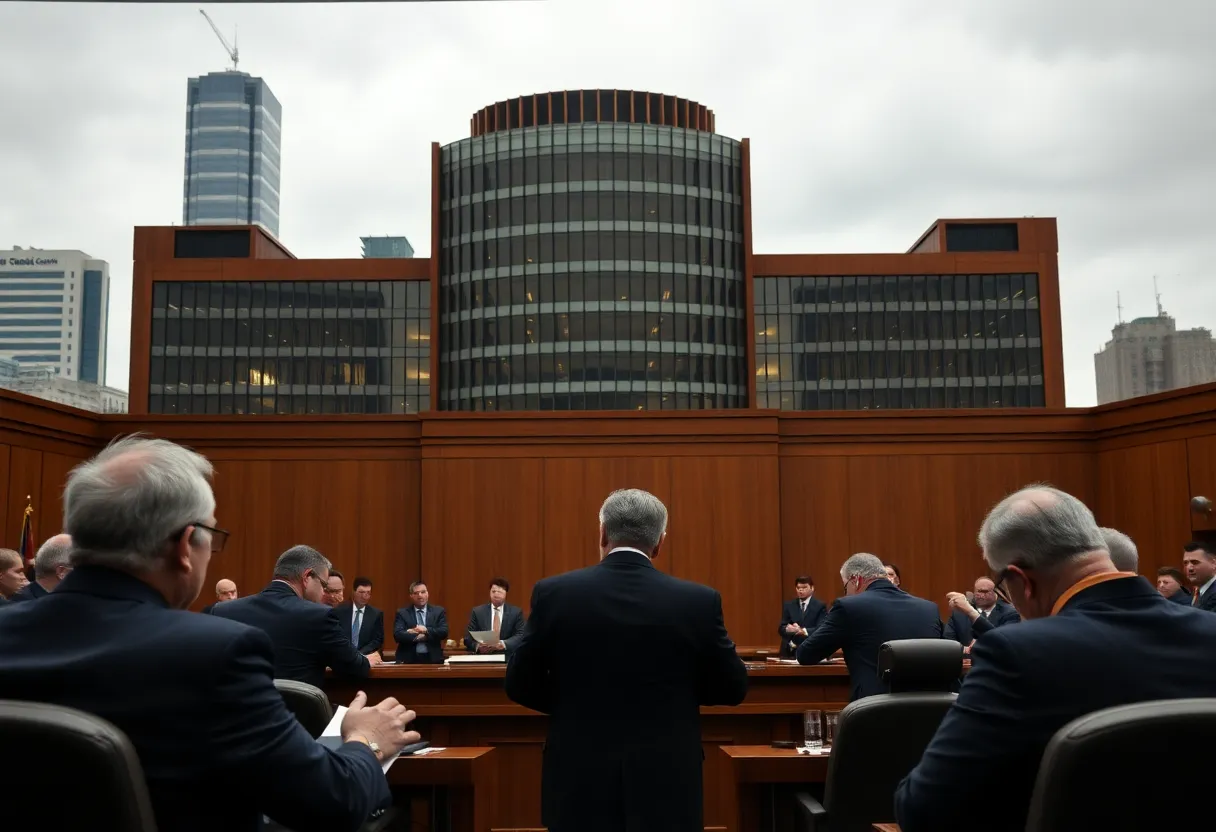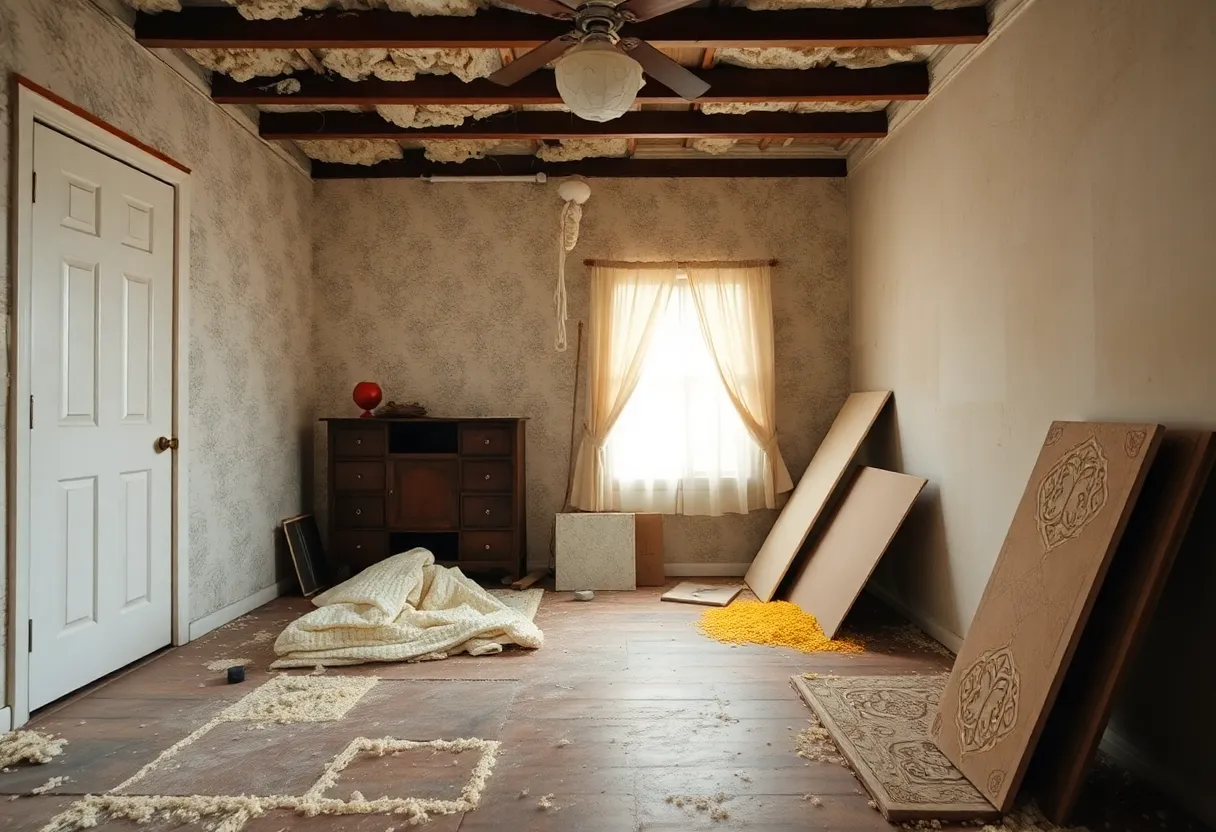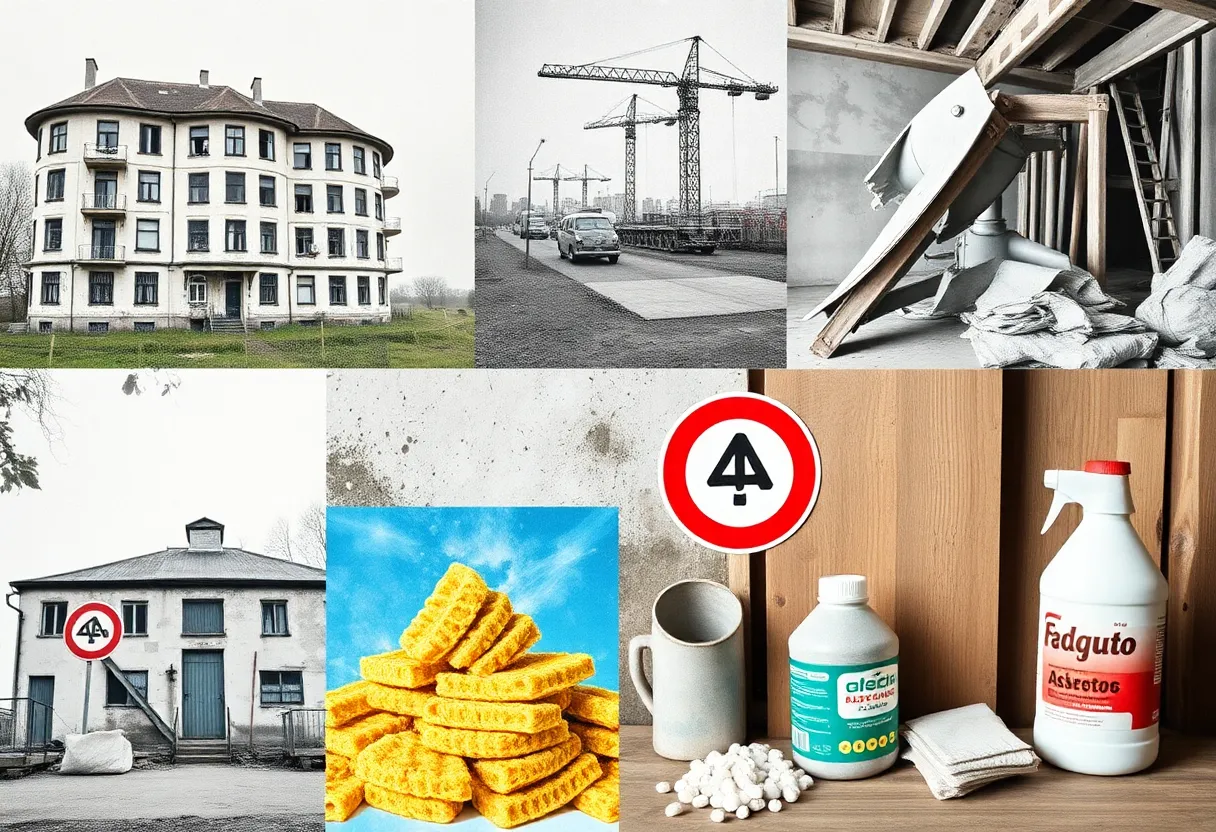News Summary
RREEF America REIT is suing contractors over severe allegations of lead and asbestos disturbances at the Embarcadero Centre, costing them $130 million.
RREEF Takes Legal Action Over Asbestos and Lead Disturbance at Iconic Embarcadero Centre
In an explosive legal showdown, RREEF America REIT has decided to sue contractors and construction companies over alarmingly serious allegations surrounding lead and asbestos disturbances at the famed Embarcadero Centre in San Francisco. This lawsuit is not just another routine case; it’s the culmination of a long-standing dispute concerning hazardous materials found in one of the office buildings that form this iconic complex.
The accusations revolve around the presence of dangerous lead and asbestos, both notorious for their significant health risks. Allegedly discovered during construction activities, these materials have provoked a legal storm that RREEF claims has cost them a staggering $130 million in remediation and legal expenses. The financial implications of the lawsuit resonate far beyond the courtroom, making waves throughout the construction and real estate industries.
The legal proceedings are set to enter a critical phase, with a trial expected to commence in June. Before this trial, however, a final mediation attempt will take place in hopes of resolving the issue outside of court. The stakes are high, and both parties will be under immense pressure as they navigate this complex web of allegations surrounding environmental safety and responsibility.
Leading the charge for RREEF is prominent attorney Michael J. Betz from the legal firm Allen Matkins Leck Gamble Mallory & Natsis. Under his guidance, RREEF is determined to seek accountability from those they hold responsible for the alleged breaches of safety protocols that have led to contaminated environments.
Los Angeles Residents Face Air Quality Dangers Amid Wildfire Fallout
As devastating wildfires continue to wreak havoc across Southern California, residents of Los Angeles County are being issued urgent warnings about potential air quality hazards linked to fire-affected areas. Health officials are sounding the alarm, advising individuals to stay vigilant, especially regarding the lingering effects of smoke and ash.
A significant concern is that conventional Air Quality Index (AQI) measurements may not adequately reflect the true dangers posed by hazardous particles like asbestos and lead, which are often released into the atmosphere during fires. These toxic substances can easily go undetected by standard monitoring methods, making it imperative for residents to remain cautious even when AQI readings suggest a “moderate” status.
Experts emphasize that the health risks associated with airborne particles can persist long after visible smoke has dissipated. In light of these concerns, Hazmat teams are actively monitoring fire-affected areas to detect any unusual hazards or toxic contaminants that may pose significant health risks to the community.
In response to these dangers, residents are urged to wear protective masks when exposed to ash or smoke. N95 masks, which can filter out harmful particles, are being made available through local public resources including libraries and recreation centers. Proper mask usage is crucial; masks must fit snugly over the nose and mouth to ensure maximum protection.
Health experts caution that vulnerable populations, including those with pre-existing respiratory issues, children, and the elderly, should consult healthcare providers prior to using masks as they may cause breathing difficulties. With air quality concerns stemming from urban wildfires, experts predict potentially serious long-term impacts on respiratory and cardiovascular health.
As precautionary measures, it is advised that individuals replace masks regularly and take additional steps after returning indoors, such as changing clothing and washing hair to eliminate harmful particles. Upgrading HVAC systems and using air purifiers can also aid in improving indoor air quality in the aftermath of these devastating fires.
The call for continued vigilance in air quality management is echoed by experts, especially as lingering health risks related to wildfire smoke and airborne particles remain significant. Monitoring the air we breathe is essential not just today, but in the weeks to come as the health effects of these events continue to unfold.
Deeper Dive: News & Info About This Topic
HERE Resources
Innovative Support for Mesothelioma Patients: A Comprehensive Approach
Coroner Investigates Death of RAF Veteran Linked to Asbestos
Facing the Reality of Mesothelioma: Support Groups Offer a Lifeline
Revolutionary Breakthroughs in Mesothelioma Treatment in 2025!
Surge in Survival Rates: New Innovations in Pleural Mesothelioma Treatments
Castleford Family Seeks Information on Miner’s Asbestos Death
Asbestos Pipes in Scotland: Addressing a Growing Concern
Scotland Faces Rising Risks from Asbestos in Water Pipes
Controversial Demolition of Patten Recreation Center Sparks Investigation
Khataraha Shucaaca Asbestos ee Gaza: Halista Caafimaad
Additional Resources
- Daily Journal: Landlord Sues Contractors Over $130M Lead & Asbestos
- Wikipedia: Asbestos
- ABC7 News: Los Angeles Wildfires Air Quality Warnings
- Google Search: Los Angeles wildfire air quality
- Fortune: Wildfires Damage Up to $150 Billion
- Encyclopedia Britannica: Wildfire
- New York Times: Masking After Wildfires
- Google News: Masking After Wildfires



















